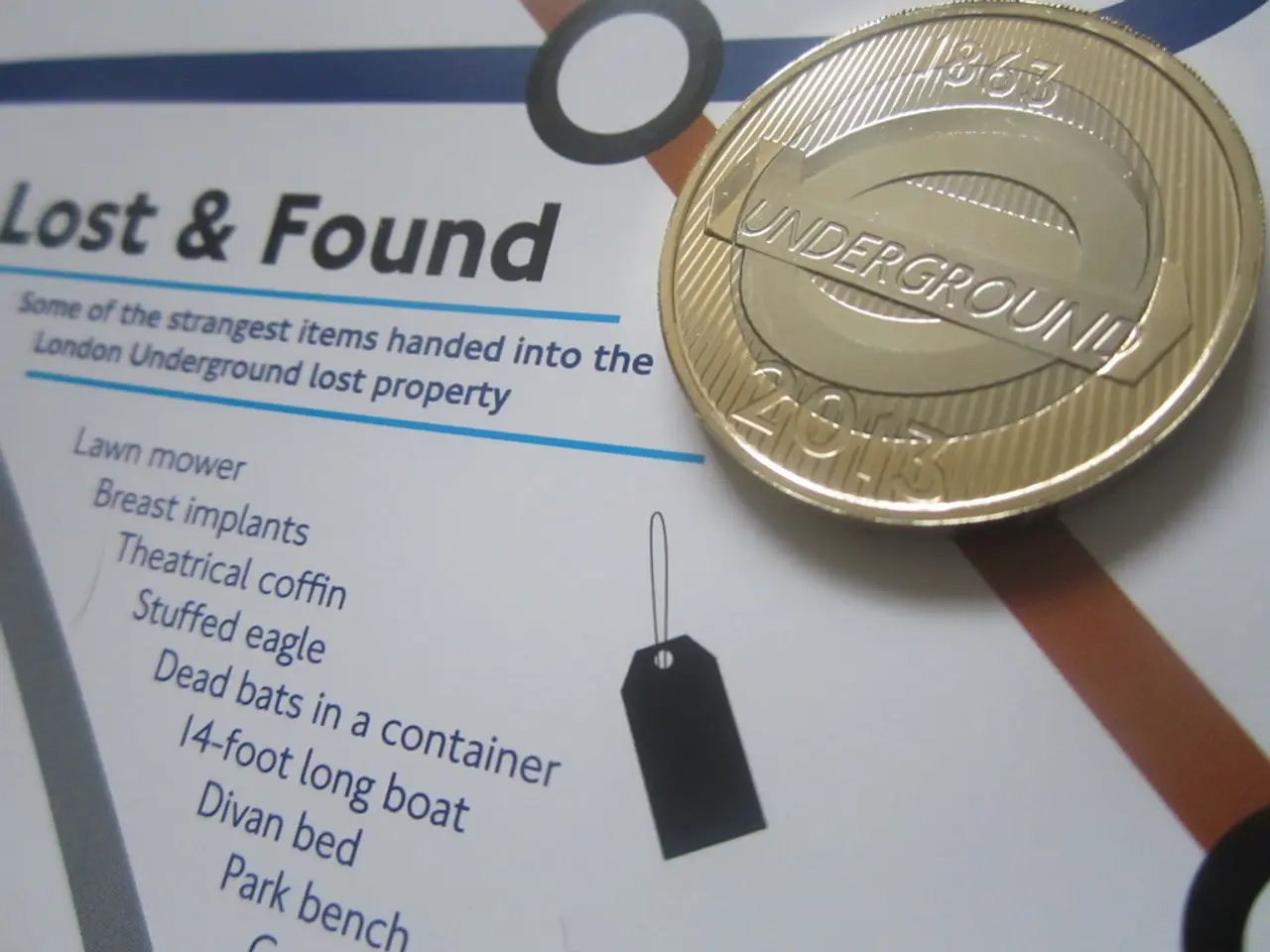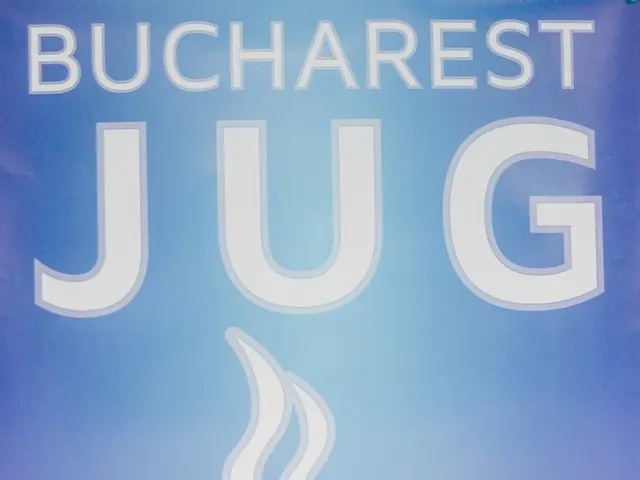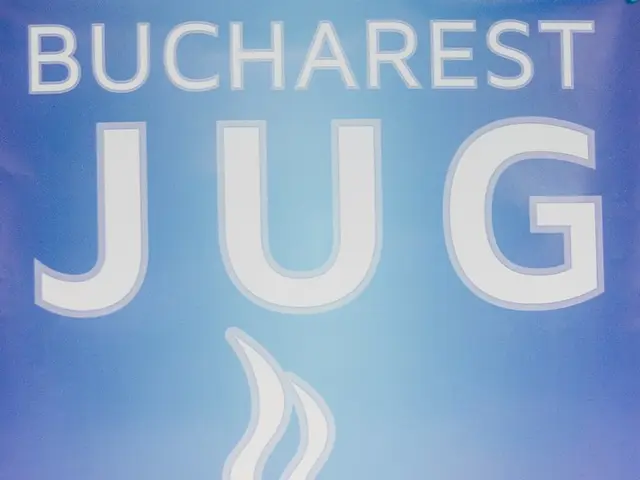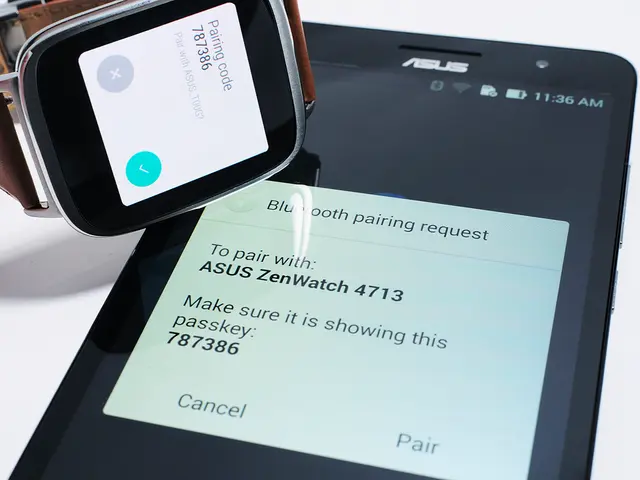Bitcoin Runes Explanation for Newbies
In April 2024, the Runes Protocol was launched, coinciding with the Bitcoin halving event. This new token standard brings fungible tokens to the Bitcoin blockchain, aiming to address the inefficiencies of existing token standards and offer improved functionalities.
Security and stability are paramount in the Runes Protocol, which inherits Bitcoin's robust security features. The protocol is designed to minimise the on-chain footprint, ensuring that unnecessary information and bloat are avoided.
The Runes Protocol simplifies the process of creating memecoins on the Bitcoin blockchain, lowering the barrier for token creation. Each Rune is tied to a specific Unspent Transaction Output (UTXO), allowing for improved token tracking and eliminating the need for off-chain balances or complex token transfer mechanisms.
New tokens can only be created when certain conditions are met, such as after a specific time period, capping the token supply (Closed Minting). Anyone can mint new Runes after the initial etching by creating a mint transaction. Edicts define how Runes can be transferred after etching or minting, allowing for batch transfers, airdrops, and transferring all minted Runes to a single account.
The Runes Protocol is compatible with the Bitcoin Lightning Network and supports Lightning clients and SPV (Simplified Payment Verification) wallets. This compatibility enables Runes to utilise the Lightning Network for faster transactions. Unlike the BRC-20 standard, which requires wallets that support Bitcoin Ordinals, Runes do not have such a requirement.
Unlike Ethereum's ERC-20 standard, where tokens are created and managed via smart contracts, the Runes Protocol relies on the native Bitcoin blockchain infrastructure. The Runes Protocol stores data in the OP_RETURN field of a bitcoin transaction, which is more efficient and less resource-intensive compared to BRC-20.
The Runes Protocol was created by Casey Rodarmor, an expert in the crypto space known for his work on the Bitcoin Ordinals Protocol. Runes enable users to etch, mint, and transfer Bitcoin-native digital commodities. The protocol offers a user-friendly interface and efficient tools, making token creation accessible to everyone.
In conclusion, the Runes Protocol is a significant step forward in the world of token standards on the Bitcoin blockchain. Its focus on security, efficiency, and scalability sets it apart from other token standards and offers a promising future for the creation and management of digital assets on the Bitcoin network.
Read also:
- Understanding Hemorrhagic Gastroenteritis: Key Facts
- Stopping Osteoporosis Treatment: Timeline Considerations
- Trump's Policies: Tariffs, AI, Surveillance, and Possible Martial Law
- Expanded Community Health Involvement by CK Birla Hospitals, Jaipur, Maintained Through Consistent Outreach Programs Across Rajasthan








